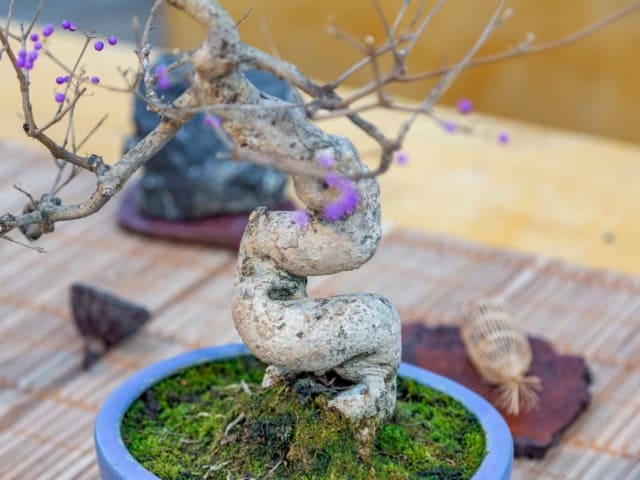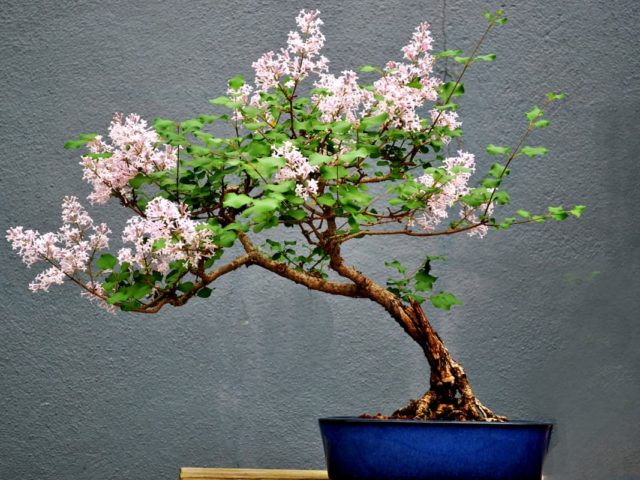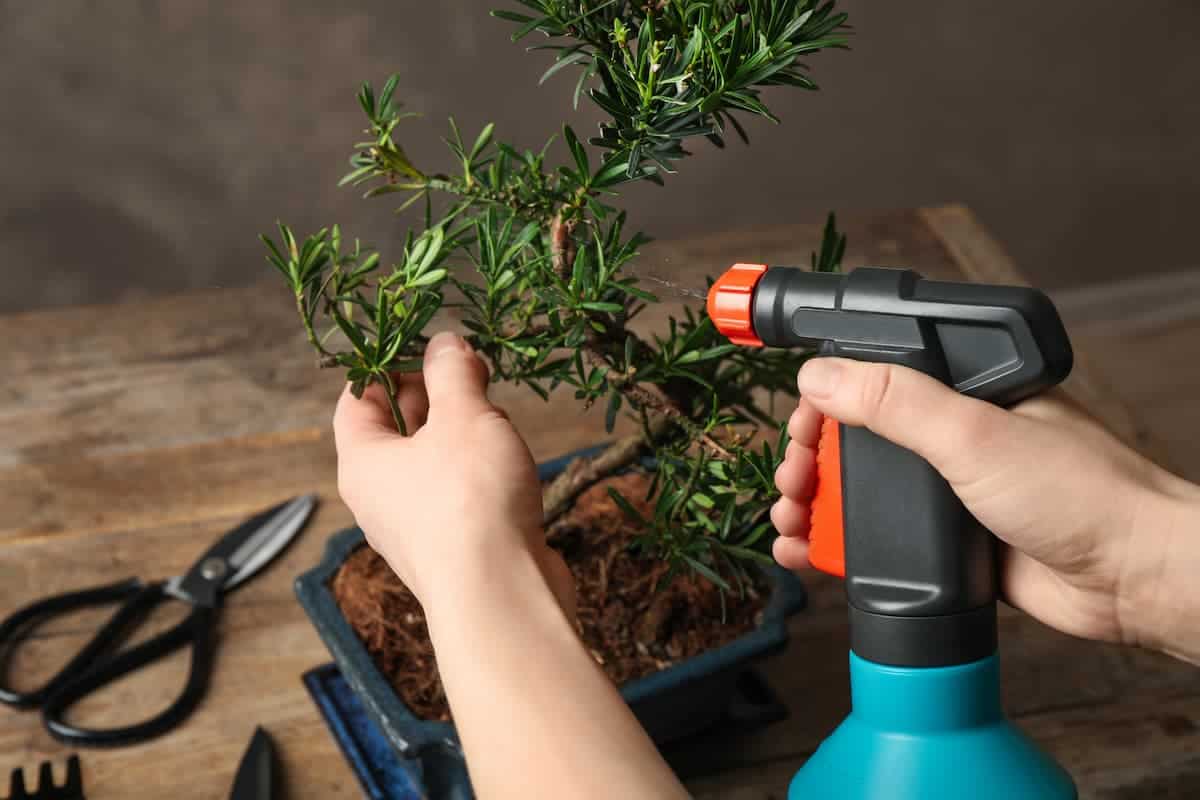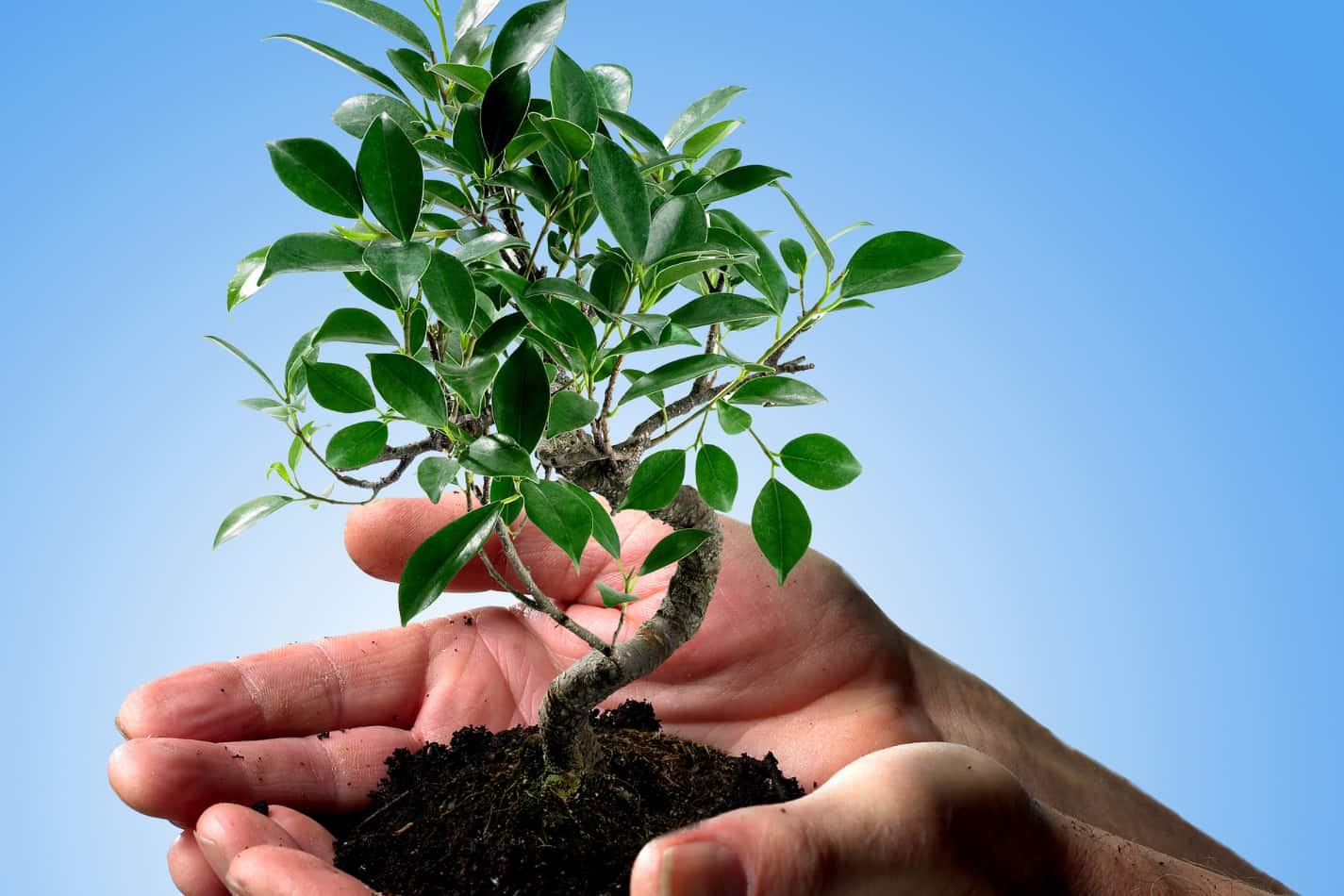A Bonsai plant needs years and years of gentle love and care. There are a number of things you need to keep in mind for ensuring adequate growth of your Bonsai. A lot of beginners often ask, do Bonsai need special soil? We have collected information regarding this matter from the best Bonsai experts worldwide.
Unlike ordinary plants, the bonsai can’t grow in regular nursery soil. You need to mix a special kind of soil with 5 or 6 aggregates. The Akadama, lava scoria, calcined clay, old barks mixed with compost and peat moss are some of the best choices.
You must have a clear knowledge about the soil basics, how to mix the aggregates and what each aggregate offers your plant. Only then you can choose the right mix.
So, we strongly recommend you to read the entire article to get a complete guideline to the perfect soil mix.
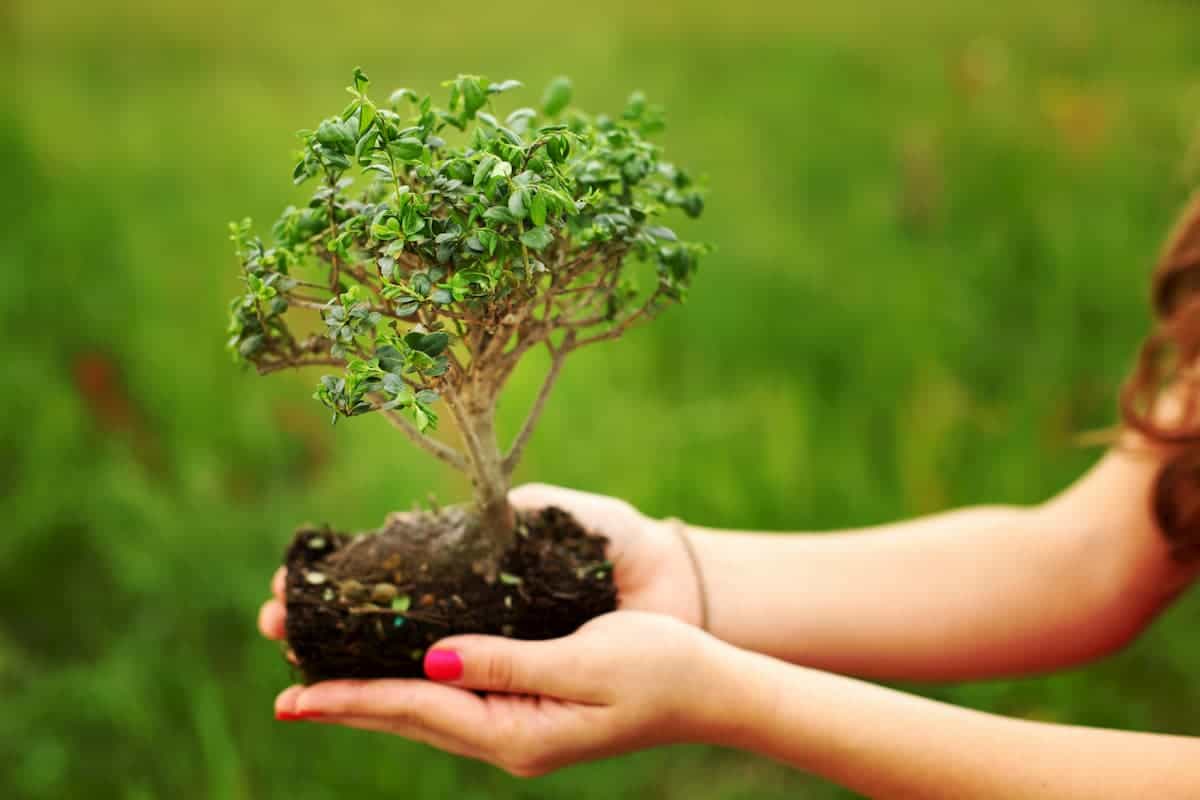
What Makes the Soil Special?
The art of caring for a Bonsai is not an easy job. Neither is choosing the right soil, temperature and environmental conditions.
There are some criteria which your soil must fulfil to achieve fastest and healthiest growth.
These criteria make the soil special and so do the aggregates that give you the right mix. These special criteria are:
A Good Hydration Value
It’s quite understandable that not all geographical areas have the same moisture quantity in their soil. That’s why you need to have a soil mix. Adding components that complete the deficit is what ensures a hundred percent soil efficiency.
Choose an aggregate that has a good hydration value and good water retention capacity. Bonsai needs a long time to grow, so the soil you are using must have the capacity to provide hydration for a long.
The plant should not dry out completely in between successive watering and the soil should be able to release the retained water content slowly.
Maintain Aeration and Let the Roots Breathe
Roots take up oxygen and circulate throughout the plant. It’s necessary that they are getting enough air to maintain the circulation. Choose aggregates that have good aeration capacities.
Providing good aeration will ensure that the roots grow faster and spread more. When they spread, they can breathe in more oxygen and thus grow faster.
Although look out for air pockets which may impede the circulation. The roots on which air pockets have started to grow gradually dry out and the area of the plant supplied by that root will die soon. So, be careful about too much aeration!
Adequate Drainage
A lot of people think making holes in the pot is the only way to check for drainage. But that’s not the only factor you need to look for. Use aggregates that are loose, not compact and that release water nicely and slowly in the same way they retain it.
Don’t clog your drainage, don’t turn your soil into a mud either. Don’t use a soil that becomes runny too quickly and stays overhydrated for hours. Also, avoid using too dry soil.
An Ideal pH
The soil mixture that you make must have a pH value ranging from 6.5 to 7.5; that is, the soil must be slightly acidic. Any soil that has a pH below 7 is acidic.
There are some aggregates which are more acidic than the others. Very rarely, some species prefer mild alkalinity for better absorption of nutrients. But a highly alkaline soil is very unsuitable for growth.
Using the right aggregates, you can obtain the optimum pH. Different components impart different pH. Suppose, one or two aggregates in your mixture have neutral pH and another is a bit alkaline.
But the species you chose requires an acidic soil with pH 6.25. So choose more aggregates that impart acidity in the soil. Using them together you can balance it out!
You may check your soil pH using a pH meter. Change the type of your soil as per your needs. Usually, Calcined clay or baked clay and Kanuma Bonsai soil have good acidic properties.
They can adjust pretty well to your environmental conditions as well.

What Soil is Best for Bonsai Trees?
Using only one kind of soil can never provide you with optimum growth. Many experts recommend that you must use 5 to 6 kinds of aggregates to make the soil mix or a minimum of 3.
It’s very important to understand the benefits and drawbacks of each aggregate to make the right mix. Let’s take a brief look at the commonly used ones:
Lava Rock/Lava Scoria
They have pores on their surfaces so they can hold water for long. They originate from molten lava so they have a nice rocky black texture which looks really good in the Bonsai pot.
They have good water retention capacity, help drainage and provide great aeration.
Pumice/Volcanic Grit
These come in two colours – white and pink. They contain about 100 minerals necessary for plant growth. They are soft in consistency so the big tap roots can easily absorb them. So, the tree becomes strong and healthy.
It’s better to use a combination of both white and pink pumice. But when you use it with black soil, the white specks may not look very aesthetic. One or two white pieces in a pot of black soil doesn’t look very appealing.
Use a variety of colors to make it look good. Choose black, brown, white, pink, grey etc. colored aggregates.
Calcined Clay
This is made from baked clay. The bricks are heated to almost 1200 degree Celsius and then calcined clay is made. They don’t break easily.
They hold water for a considerable amount of time and can release slowly as per the needs of your Bonsai. So, your plant doesn’t get dried up easily. They can also make the soil acidic.
Akadama
This is widely used in Japan and the word itself is Japanese too. ‘Aka’ means Red and ‘dama’ means Clay, i.e., Red Clay. But it can change its colour when it comes in contact with water.
It is the most ideal aggregate and it satisfies all the criteria needed for optimum growth. But it’s always better to use it in a mix.
They are originally excavated from deep mines underground and then spread over sheets to dry up in the sun. Then they are crushed as per the size required.
They vary in size grades from large to small or fine particles. The standard size preferred is from 3 to 8 mm. They have a beautiful appearance as well.
Akadama are usually expensive. In Japan, they are used for local gardening as they are easily available there.
In areas where it rains a good amount like Southern California or Florida, they can work excellent. But in temperate regions like the UK, they may dry up easily.
Pine Bark
They are obtained from bark of old pine trees. Used with composts as they can easily absorb nutrients from them. They also help to control temperatures.
In cold weather they can keep the roots warm whereas, in a hot weather they help to keep the roots cool. Sometimes Orchid barks are used too.
Peat moss
They retain water so well and are very beneficial in the mixtures where other components cannot give enough hydration. Peat moss and Sphagnum moss are very beneficial for sick plants.
They are so therapeutic that adding a little quantity in the soil can drastically change the health of your sick plant.
Turface
They have a good aeration capacity. They are largely available in baseball camps and golf fields. They are more useful for growing grass. They may be used in the soil mix for Bonsai too.
Coconut Coir
They are made from fibers of coconut shells. They keep away pests and have great water retention abilities without causing significant water loss.
In many areas, they are used by converting them into charcoal. They are very easily available, can be found in any part of the world. They are also very eco-friendly.
Diatomaceous Earth
These are the fossils left in soil, over the ages. They have a very beautiful texture and appear greyish-white in color. They are inorganic aggregates and are very soft in consistency.
They are highly porous so they can hold water for long and provide good aeration and drainage.
Kanuma Bonsai soil
Japan is the home for Bonsai, so they have devised their own appropriate soil. Kanuma Bonsai soil is another very popular aggregate in Japan, mostly known for its acidic property. The lighter roots can penetrate the soil very easily as it reduces the pH effectively.
To get a balance of all the criteria for special soil, ideally one-third portion of Sphagnum moss is mixed with it.
Sphagnum moss is mostly added for therapeutic purposes but using a little amount of it with Kanuma soil has proven to be very beneficial.
How to Make the Right Soil Mix?
To make your all-purpose soil, choose both organic and inorganic aggregates. It’s important that you use the aggregates in a balanced ratio.
Organic products are more beneficial to your Bonsai. The perfect soil mix varies from regions to regions with the temperature, climate, humidity, air pressure changes, amount of rainfall and quality of soil.
The Akadama is the most useful aggregate and its results are magical. Bonsai experts suggest to use it more. But it originally comes from Japan. Thus, outside Japan, it is not so easily available and a bit costly too.
The organic components are:
- Organic fertilizer/compost
- Pine bark
- Coconut coir
- Peat moss
- Sphagnum moss
The inorganic components are:
- Akadama
- Pumice
- Lava Scoria
- Calcined clay
- Turface
- Kanuma Bonsai soil
- Diatomaceous earth
- Sand
- Gravel
- Vermiculite
From their years of experience with Bonsai harvesting, whether you are making a basic mix or for deciduous species or even for conifers, experts suggest to use-
- Akadama – 45 – 50 %
- Lava Scoria – 20 – 35 %
- Organic fertilizer – 10 – 25 %
- And the rest – the other aggregates you chose as per your needs.
Why Does Regular Nursery Soil Not Suit Bonsai?
The regular nursery soil or black soil is the most easily available soil in any part of the world. Ordinary plants can grow sufficiently well in black soil.
Say, in the tropical regions or even in the temperate regions, any ordinary plant is well suited to the black soil. But the Bonsai cannot grow well in black soil.
For many years, experts have been studying the effects of each soil component on plant growth. Although a Bonsai is like any other tree planted in a small pot, it requires more sophisticated care and love.
You have to be extremely patient through the years to reach your ultimate goal – a healthy, perfectly normal, properly shaped Bonsai with strong branches.
By now you have known that almost 5 to 6 kinds of soil are required to make the perfect soil mix for a Bonsai. The Black soil lacks the privileges provided by this soil mixture. Some features are mentioned below-
Water Clogging
The regular nursery soil contains fine granular particles. They appear black in color. The most important drawback is that they hold moisture for so long that it seems like an eternity!
The roots and shoots remain wet for long, sometimes even 4 to 5 days. This is bad for the health of your Bonsai because it requires adequate drainage.
Hampering the drainage can ultimately cause death of your Bonsai.
If the plant remains wet in between the successive watering then pouring more water or feeding it more may cause overhydration and thus hamper the tap root system. This ultimately destroys the harmony in circulation and may cause the drainage to also get clogged.
Water clogging is very harmful for your Bonsai roots. The roots get rotten in the long run and after some time, the shoots and branches supplied by that root will also die. This drawback can be easily avoided using a variety of aggregates.
Compactness
The regular nursery soil can be so compact and remain tightly packed in the container. This hampers the tap root system. The roots get suffocated and can’t breathe well. Lack of aeration causes the roots to die out due to deficiency of Oxygen.
As a result, the roots cannot grow or spread, there is more deficit of Oxygen. This goes on like a vicious cycle. For an optimum growth of your Bonsai, the soil has to be loose and should provide adequate aeration. This can only be achieved by using the special soil mix.
Attracts Pests
The most dangerous drawback of black soil is that it can attract a lot of insects and weeds. The pests harm your plant and all your hard work just goes in vain. Using a soil mix can greatly prevent this and keep the pests away.
So black soil alone is not at all suitable for the growth of Bonsai. It’s always preferable to use 5 to 6 aggregates which can provide a complete soil. The drawbacks of black soil have drawn a fine line of demarcation between the specialized Bonsai soil mix and the regular nursery soil.
A lot of beginners often tend to grow Bonsai in the natural homestead soil. The Bonsai may grow through the years but you won’t achieve your desired optimum growth.
The natural homestead soil is no different than the regular nursery soil. You Bonsai needs a great deal of care. Use the specialized soil to ensure its best growth.
Role of Compost in Making Special Soil
No soil is self-sufficient for ensuring the best growth of your Bonsai. Not only for Bonsai, as a matter of fact to grow any plant you must use a significant quantity of fertilizer that enriches the soil.
Composts or fertilizers are very rich in Nitrogen, Calcium, Magnesium and Sodium. The most essential macronutrients for Bonsai are:
- Oxygen
- Nitrogen
- Magnesium
- Potassium
- Calcium
- Sodium
- Iron
- Phosphorus
An easy to go fertilizer can be made by – a small amount of bone meal, a good amount of the remains of old dead plants, gypsum, vermiculite etc.
When these are combined together, they can provide all the nutrients in a balanced ratio which help to enhance the nutritive value of the soil.
From the remains of old dead plants, huge quantities of Nitrogen can be obtained. Nitrogen allows faster growth of your roots, branches, leaves and shoots. The bone meal and gypsum provide a huge amount of Calcium, Magnesium, Iron and Phosphorus.
Nowadays, many modern fertilizers are available in the market. You can also buy fertilizers, only specifically manufactured for Bonsai. These are highly nutritious for the growth of your Bonsai and adding even a little amount can cause your plant to grow faster than ever!
When the compost is added to say, pine bark or peat moss, the quality of the soil improves to a great extent. There is sufficient hydration balance and the pH is maintained as well.
For achieving the best growth of your branches, trunks, leaves etc. composts work like magic. The secret to upgrading your special soil is just to add the right amount of compost in it!
Final Thoughts on Do Bonsai Need Special Soil
As you have read bonsai aren’t suited to just a standard soil mix and need some thought and care put into the way they will grow. I suggest taking time to purchase some high quality soil first before attempting to make any so you can feel it.
If you are just learning about bonsai trees and looking to purchase high quality trees that will likely live longer than you then I would highly suggest checking out Bonsai Boy Trees as they are a long lasting New York business that provides trees for all price ranges!


